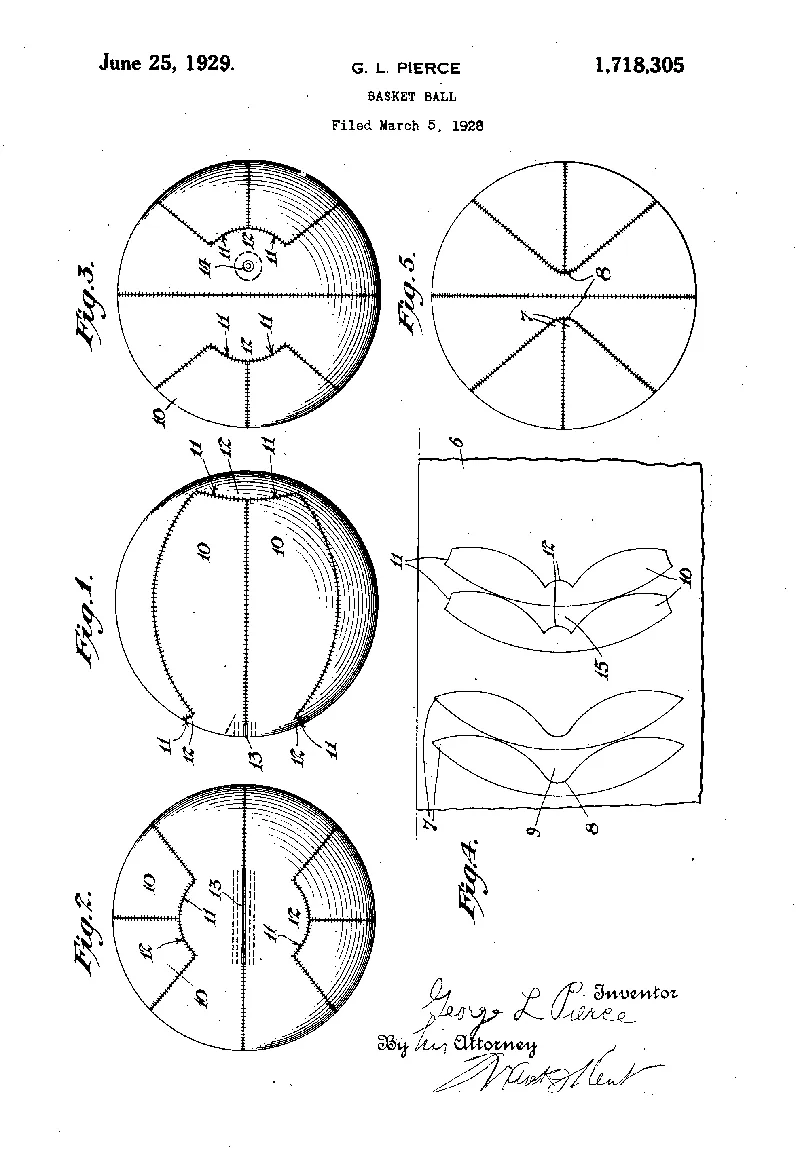Basketball is more than just a game; it is a global phenomenon that influences culture. As basketball season kicks off, fans eagerly cheer for their favorite teams. Whether you are a nostalgic Lakers or Celtics fan or rooting for recently successful teams like the Mavericks or Timberwolves, one thing is clear: the sport would be impossible to play without the ball. While everyone can easily recognize the iconic components of the game, few know about the patents behind them.
What is a Patent?
To understand the significance of one of the NBA’s greatest contributors, grasping what a patent is and what it does is essential. A patent protects an invention and gives the owner certain exclusive rights. Two types of patents are important when examining basketball: utility and design. A utility patent protects how something works and is used, while a design patent protects how something looks. In basketball, these patents safeguard innovations and encourage ongoing development within the sport.
The History of Basketball
A brief history of the sport provides helpful context when examining the physical basketball. James Naismith created the game as an exercise activity in 1891 in Springfield, Massachusetts. The original setup consisted of fruit baskets with the bottoms cut out and a soccer ball. Players aimed to throw the ball into the opposing team’s basket, which was nailed to each end of the gym. The initial concept was not to create an international phenomenon but to corral unruly students at the local YMCA. As the game evolved, so did the equipment, leading to innovations that transformed basketball into the sport we know today.

Patent Photo: US Patent #1,718,305 (1929)
The Ball and Innovation
In 1894, A.G. Spalding developed the first basketball resembling the football. In 1929, George L. Pierce, who worked for Spalding, received a patent for a ball specifically designed for “basket ball” (U.S. patent 1,718,305). The design featured leather panels and specific stitching to improve shape and balance. This innovation laid the groundwork for modern basketballs, which have evolved with advancements in materials and design techniques. Today, manufacturers often use synthetic materials to create durable, weather-resistant balls for better performance in various conditions.
Different companies have expanded upon the design with various patents for features such as ornamental circles and grooves in the seams. These enhancements are not merely aesthetic; they aim to improve grip and control, giving players a competitive edge. As basketball continues to grow in popularity, the intersection of innovation and tradition plays a crucial role in shaping the sport’s future. Ongoing developments in technology, including smart basketballs and augmented reality training tools, promise to make the game even more dynamic and engaging for players and fans alike.
Want to learn more about filing your own patent application? Need assistance? Feel free to call or email us at (713) 364-4796 or admin@madan-law.com.
